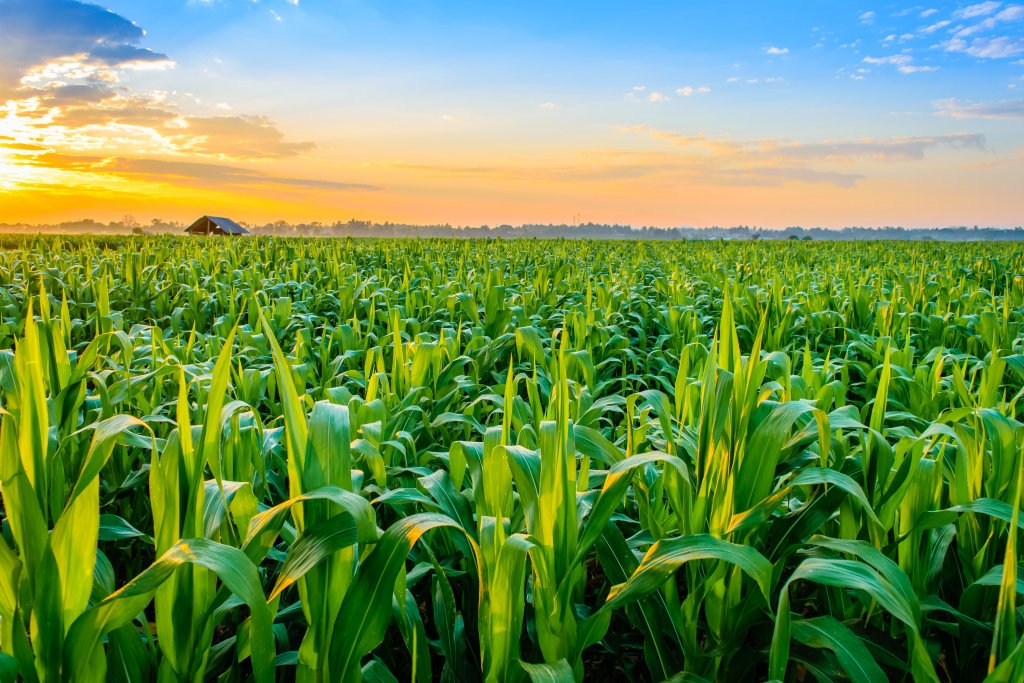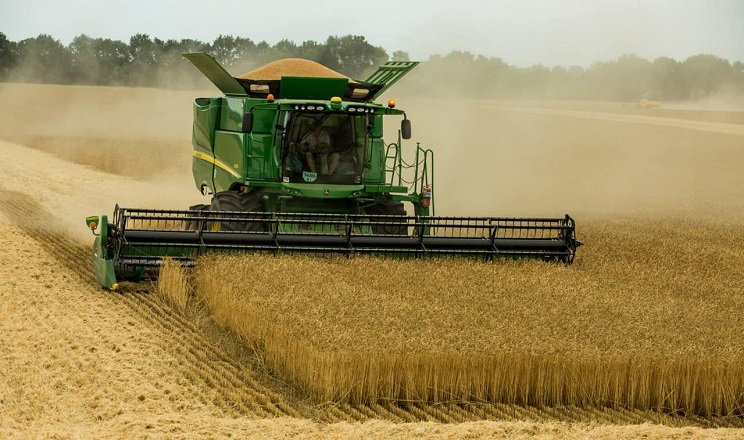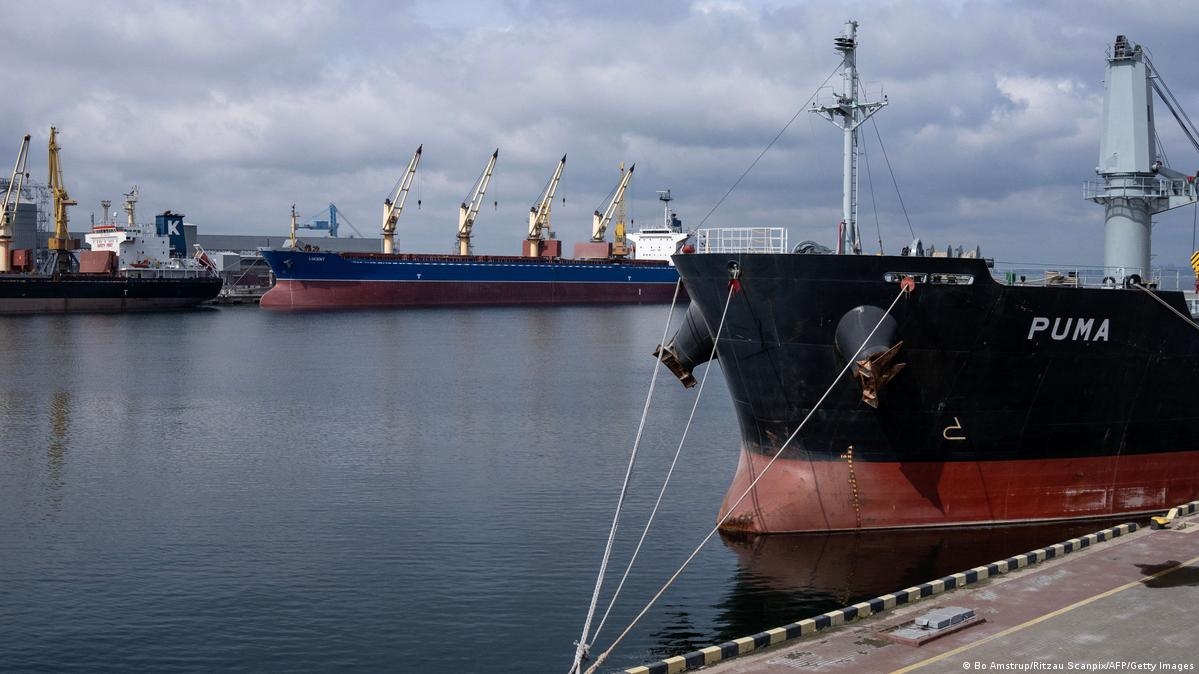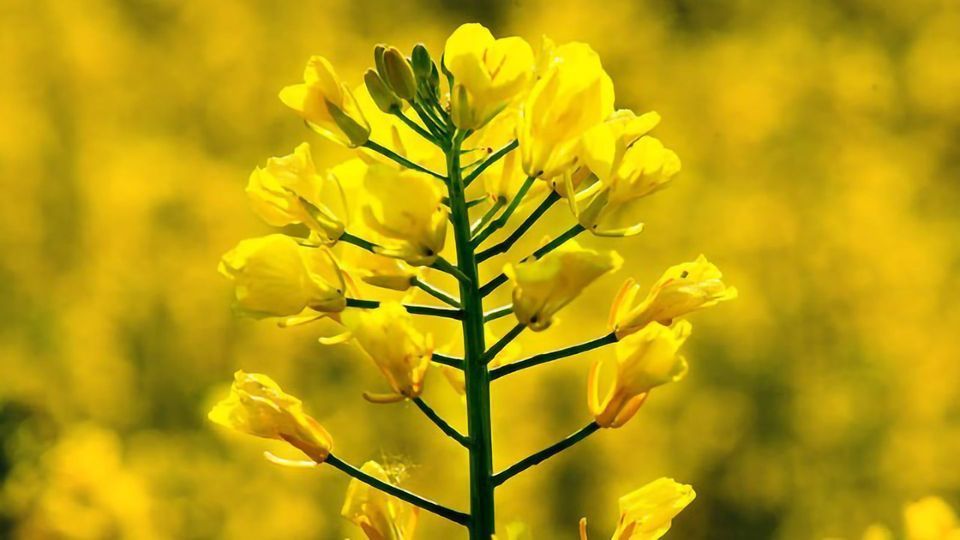Analysts of the PUSK agricultural cooperative at the All-Ukrainian Agrarian Council allow a repeat of the situation in 2020, when the sunflower and corn harvests decreased by 35% due to the drought.
Yesterday, the long-awaited rains passed in the northern regions of Ukraine, which will spread to the southern and eastern regions and lower the air temperature from 35-40 o C to 30-32 o C. However, scattered rains will not be able to replenish the soil moisture reserves.
The heat is also negatively affecting corn crops in Romania, Bulgaria and the Russian Federation, which has already led to an increase in prices for new-harvest Black Sea corn, although it did not affect quotations in Chicago.


In particular
- wheat – 2,626.5 thousand hectares were threshed, harvested 10.3 million tons;
- barley – 824.2 thousand hectares were harvested, with a harvest of 3.1 million tons
- peas – 154.7 thou hectares harvested, 319.3 thou tons harvested;
- rapeseed – 779.1 thousand hectares were harvested, 1.8 million tons of seeds were harvested;
- soybeans – 0.15 thou hectares harvested, 0.29 thou tons harvested.
Farmers in Kherson region have started harvesting millet, with 50 hectares threshed and 80 tons of seeds harvested.
As of July 17, rates for transportation by river transport were:
- Izmail - Constanta (Romania) (1-3 thousand tons) - 12 €/t;
- Izmail - Ruse/Silistra (Bulgaria) (1-3 thousand tons) - 19 €/t;
- Ishmael - Israel (5-7 thousand tons) - $28-29/t;
- Reni - Marmara (Turkey) (5-7 thousand tons) - $18-19/t.
Rates for transportation from sea ports were:
- Spain (30-35 thousand tons) - $25-26/t;
- Eastern coast of Italy (30-35 thousand tons) - $22-23/t;
- South China (60-65 thousand tons) - $50-52/t;
- South Vietnam (60-65 thousand tons) – $48-50/ton.


Rapeseed 2023 harvest (UkrAgroConsult estimate):
- Rapeseed areas – (+10% compared to 2022/23 MY);
- Yield – (+3.8%);
- Harvest – (+28%, the record);
Traditionally, rapeseed remains an export-oriented crop for Ukraine. However, the share of rapeseed exports in the 2023 harvest decreased to 79% due to the increased domestic processing.
The destinations of rapeseed exports in 2023/24 MY remained fairly stable compared to 2022/23 MY. EU countries continue to be the largest buyers of rapeseed.
Compared to the previous tender (June 13), the number of submitted offers for the supply of sunflower oil decreased from 17 to 10, and the offer prices fell from $1085-1163 to $1054-1163/t C&F. At the same time, Russian sellers reduced the price of sunflower oil offers by $10-30/t C&F, while 10 (13) batches of soybean oil were offered more expensively than last time - at $1066-1110 (1045-1155)/t C&F.
Only one offer of Ukrainian sunflower oil was submitted, with the highest tender price of $1,163/t C&F, which was $89.1/t higher than the June purchase price.


Poppy seed cultivation on 36,000 ha
While the official cultivation forecasts do not quite match the optimistic expectations of market players, they are still significantly better than last year. The Czech Statistical Office estimates the acreage for the 2024 poppy seed crop at 36,000 ha, while market players had previously even been talking about areas of 40,000 ha. With an average yield of 0.70-0.75 mt/ha, the Czech poppy seed crop could thus achieve a production of 25,200-27,000 mt - this result would be significantly higher than in the previous two years.
The Malaysian minister met his Indian counterpart to discuss opportunities to deepen the bilateral agriculture cooperation between India and Malaysia.
"The sides expressed the desire to collaborate on the National Mission on Edible Oil- Oil Palm, discussed the market access issues related to agriculture and allied products, institutionalization of the cooperation in agriculture, and application of digital technology in the plantation sector, " according to a statement released by the ministry of agriculture.


In eastern Ukraine and southwestern Russia, dry and hot weather remains unfavorable for sunflower and corn crops. According to forecasts, next week there may be rains, which will reduce stress for plants. In the eastern part of Russia, in the spring wheat growing area, periodic rains and normal temperatures contribute to a good harvest.
And in the prairies of Canada, after a long period of rainy and cold weather, it finally warmed up to 30°C. This temperature will continue next week, which will accelerate the development of canola and spring wheat. There will also be showers in the coming days, but dry conditions will remain in the Southwest.